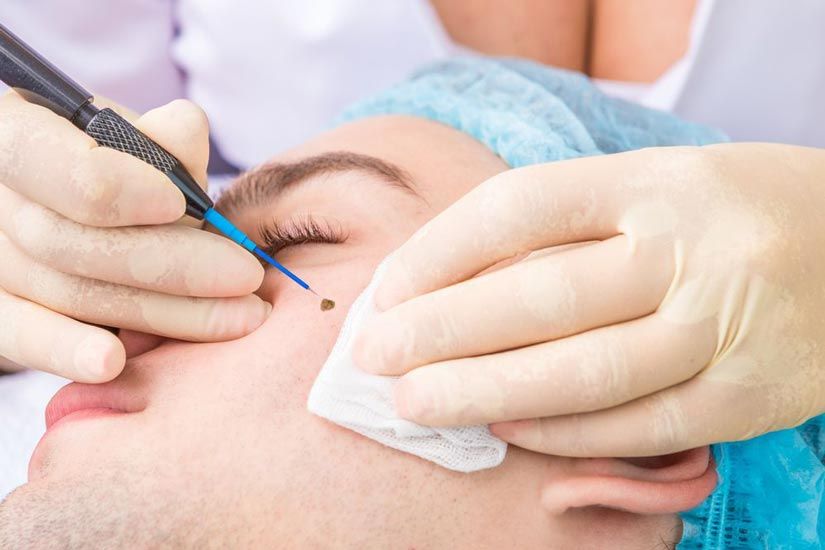Skin tags are soft, benign growths often found on the neck, underarms, and other high-friction areas.
They are composed of collagen and skin tissue and are typically harmless.
Common risk factors include obesity, aging, genetics, and hormonal changes.
Removal is optional but can be done through cryotherapy, excision, cauterization, or ligation.
Medical consultation is recommended for safe removal and to rule out other skin conditions.
Understanding Skin Tags: Causes, Characteristics, and Treatment Options
A Quick Recap of This Story
Introduction
Skin tags are a common dermatological occurrence that, while medically benign, often prompt concern due to their appearance and location on the body. Understanding their nature, causes, and treatment options can help individuals make informed decisions about management and care.
What is a Skin Tag?
A skin tag, medically known as an acrochordon, is a small, soft, flesh-colored or slightly pigmented growth that typically hangs off the skin. These growths are non-cancerous and are composed of collagen fibers, blood vessels, and a thin layer of skin. They often appear in areas where skin experiences friction.
Common Locations on the Body
Skin tags tend to develop in areas where skin rubs against skin or clothing. The most frequent locations include:
-The neck
-Underarms
-Eyelids
-Beneath the breasts
-Groin area
-Upper chest and back
They can range in size from a few millimeters to several centimeters, and while most are painless, they can become irritated if rubbed frequently.
Causes and Risk Factors
Although skin tags are benign, certain factors increase the likelihood of their development:
-Friction and skin folds: Continuous rubbing can lead to the formation of tags.
-Obesity: Individuals with a higher body mass index are more likely to have skin folds, increasing friction.
-Hormonal changes: Pregnant women often develop skin tags due to hormonal fluctuations.
-Genetics: A family history of skin tags can increase susceptibility.
-Aging: They are more common in middle-aged and older adults.
-Metabolic disorders: Conditions such as type 2 diabetes and insulin resistance are associated with a higher prevalence of skin tags.
Medical Significance
Skin tags are not harmful and do not typically require treatment unless they become painful, irritated, or cosmetically concerning. They are not contagious, nor do they indicate cancer or a serious underlying health condition. However, rapid changes in a growth’s size, shape, or color should prompt evaluation by a medical professional.
Diagnosis and Differentiation
Diagnosis is primarily visual, with healthcare professionals distinguishing skin tags from other skin lesions such as warts, moles, or seborrheic keratoses. In rare cases, a biopsy may be performed to rule out other conditions if the growth appears atypical.
Treatment and Removal Options

While skin tags can be left untreated, removal may be pursued for comfort or aesthetic reasons. Common medical treatments include:
-Cryotherapy: Freezing the tag with liquid nitrogen, causing it to fall off.
-Excision: Snipping the tag off using sterile scissors or a scalpel.
-Cauterization: Using heat to burn off the tag.
-Ligation: Tying off the tag’s blood supply with surgical thread, leading to natural detachment.
It is advisable not to remove skin tags at home without proper sterilization or medical guidance, as this can result in infection or improper healing.
Preventive Measures
While skin tags cannot always be prevented, maintaining a healthy weight, reducing skin friction through proper clothing, and managing conditions like diabetes may help reduce the risk of their formation.
Conclusion
Skin tags are a benign and generally harmless dermatological condition. While they may cause discomfort or cosmetic concern, they can be safely and easily removed under medical supervision. Recognizing the signs, understanding risk factors, and seeking appropriate care ensures both peace of mind and effective management.

0 comments
Be the first one to comment, but before that...
Here are some best practices for writing comments: